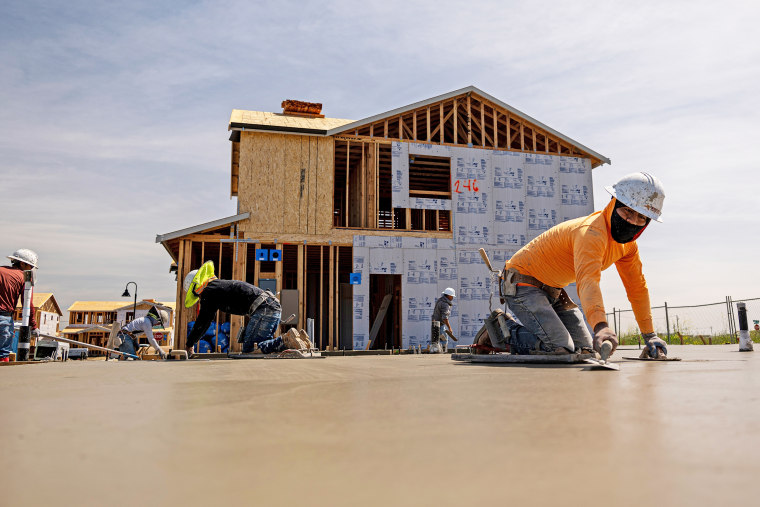Mortgage rates moved even higher last week, crashing refinance demand and prompting potential homebuyers to apply for riskier loan products that offer lower rates.
Total mortgage application volume fell 8.3 percent last week compared with the previous week, according to the Mortgage Bankers Association’s seasonally adjusted index. Demand is now half of what it was a year ago.
Rising rates are to blame. The average contract interest rate for 30-year fixed-rate mortgages with conforming loan balances ($647,200 or less) increased to 5.37 percent from 5.20 percent, with points rising to 0.67 from 0.66 (including the origination fee) for loans with a 20 percent down payment. That is the highest rate since 2009. The rate was 3.17 percent the same week one year ago.
Higher rates are clearly hitting buyers, despite still strong demand for housing. Mortgage applications to purchase a home fell 8 percent for the week and were 17 percent lower than the same week one year ago. This is in the heart of the spring housing season.
“The recent decrease in purchase applications is an indication of potential weakness in home sales in the coming months,” said Joel Kan, an MBA economist.
Buyers are, however, turning more now to adjustable-rate mortgages, which offer lower interest rates. The average rate on a 5-year ARM was 4.28 percent last week.
“The ARM share of applications last week was over 9 percent by loan count and 17 percent based on dollar volume. At 9 percent, the ARM share was double what it was three months ago, which also coincides with the 1.5 percentage point increase in the 30-year fixed rate,” noted Kan.
ARMs can be fixed for terms like five, seven or 10 years, but they do adjust once the term is up to the current market rate, so they are considered slightly riskier than a 30-year fixed.
Applications to refinance a home loan fell 9 percent for the week and were 71 percent lower than the same week one year ago. The refinance share of total applications dropped to just 35 percent. It was about 61 percent of total application volume a year ago.
Mortgage rates set more than a dozen record lows in 2020 and hovered around those lows throughout 2021. As a result, most borrowers have already refinanced to rates well below what is available today. Mortgage rates did dip slightly to start this week, as bond yields fell, but they are expected to continue to move higher throughout the year.
